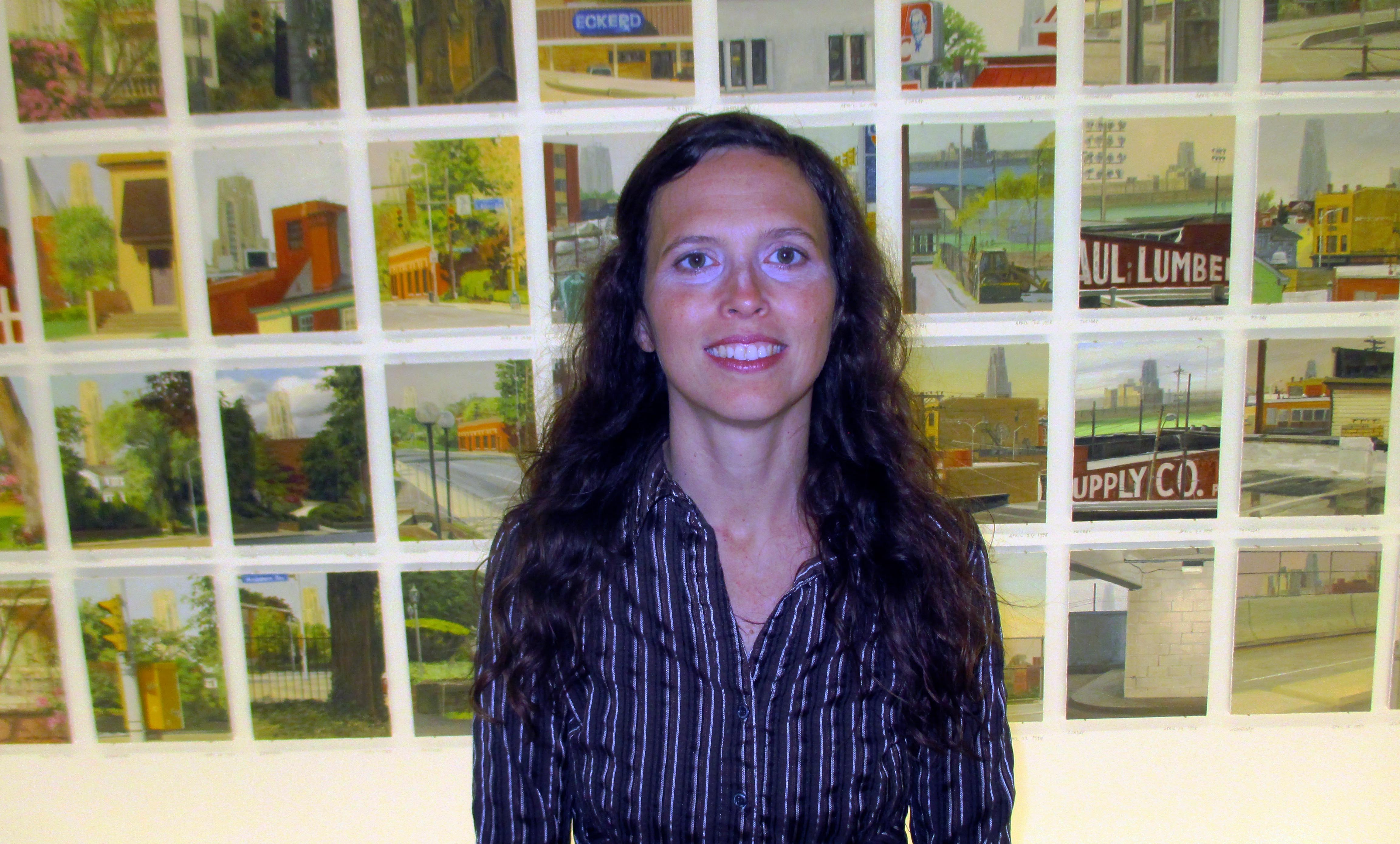
First in an occasional series
By MARTY LEVINE
Students in Melanie Good’s “Physics and Science Fiction” course watched a clip from the movie “Interstellar,” showing an astronaut who has returned to Earth and is about to be reunited with his daughter. The students had just spent an hour learning about Einstein’s theory of special relativity.
They knew that, because this astronaut had zoomed off at enormous speeds and ventured near enormous gravitational fields (a black hole) in search of other worlds, his clock would run more slowly than his daughter’s, stuck back on Earth.
The astronaut was now 124 earth years old, but he looked exactly like 48-year-old Matthew McConaughey, while his daughter — a youngster when McConaughey’s character left — was now elderly.
One student raised her hand. She understood how the time on two clocks could pass at different speeds, but why didn’t bodies still age at the same rate?
“You’re having trouble making the leap from a mechanical clock to a biological clock,” Good said. “As far as we know, all the laws of physics should hold in any inertial frame.
“It’s sort of weird and it seems wrong,” she added. “It seems like a trick.”
But Good, who is a lecturer in the Department of Physics & Astronomy, eventually convinced the student that relativity’s predictions were accurate.
After class, students crowded around her podium. They asked her to clarify how the red and blue shift of light waves compares to similar shifts in sounds as a source approaches or recedes from the observer, and the varying rates of aging for near-light-speed travelers.
First the science, then the fiction
“I try to teach the physics first and then tie it into the sci-fi,” Good explained after class. While the course attracts mostly humanities majors trying to fulfill a science credit, it doesn’t shy away from the toughest concepts in physics, for instance.
The trouble with using speculative fiction as a teaching tool, she allowed, is that no single science fiction work gets everything right: “The problem is, as a physicist, you could tear apart any work of science fiction.” However, she said, “It’s OK to suspend disbelief. It’s science fiction. Artistic liberties are justifiable.”
“Interstellar,” for instance, “does a pretty good job” as an aid to teaching Einstein.
“But the things it doesn’t do a good job on, it does really badly” – such as the idea of being able to communicate from within a black hole. And why does McConaughey’s character have to venture so far to find a new, more habitable home for mankind? Good did her master’s thesis on extra-solar planets, and said the movie’s plot “just stretches credibility,” given that there are so many potentially habitable planets known to be orbiting healthy suns in our own galaxy.
Gurudev Dutt, an associate professor in Physics & Astronomy, taught the course prior to this semester.
“Science fiction is probably what inspired me to get into science in the first place,” he said; perhaps it will inspire others. Bad examples can even be instructive for students, he noted, such as examining the absurdity of Superman flying around the world in the opposite direction of its rotation, to turn back time.
“Planet of the Apes,” on the other hand, “is quite accurate in some sense because time travel into the future we know is possible” — but that's a one-way trip, as McConaughey’s character found in “Interstellar.” “Going into the past is the hard problem.”
Students in his class were assigned to investigate the scientific plausibility of other movies and books on their own, and broke into groups to calculate what would happen if the Earth’s gravity changed. Then they wrote their own science fiction to describe a typical day on this new Earth. “Which I think they enjoyed,” Dutt said, “more than maybe the math.”
Good said her class this semester also emphasizes the scientific method and how it can be a fruitful approach to academic inquiry in general.
“Pitt focuses on producing well-rounded students who are exposed to many different things,” she said. “An interdisciplinary course like this can really speak to that need.”
Sure, it also can engender a few unusual queries: “I got one question about whether or not the government was hiding things, because I did show them a few clips from the ‘X-Files,’ ” she said.
In the end, however, the truth was right in those auditorium seats during class.
“I really would like to produce students who come out of here and who are able to look at life in general through the lens of: OK, what’s the evidence for these claims? And, more than that, if there is no evidence for that claim, can we enjoy works of art?” Good said.
Marty Levine is a writer for the University Times. Reach him at martyl@pitt.edu or 412-758-4859.
